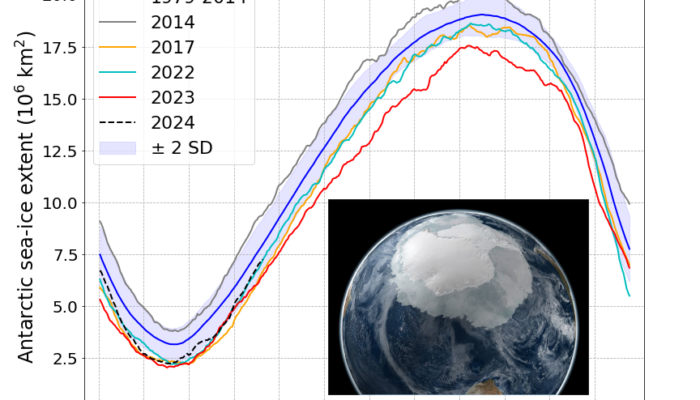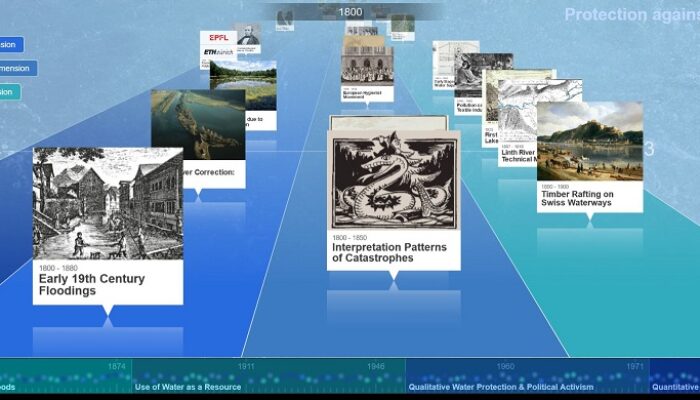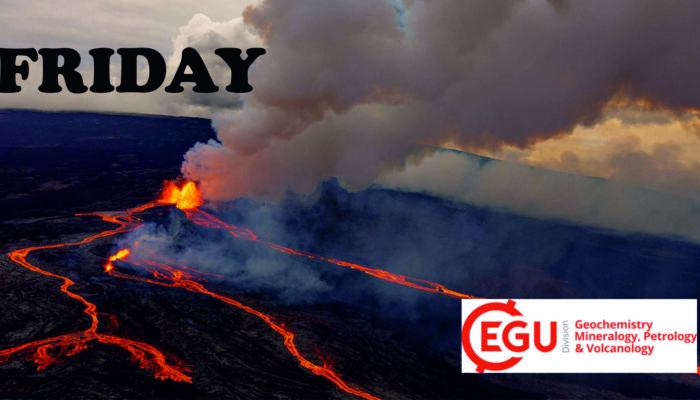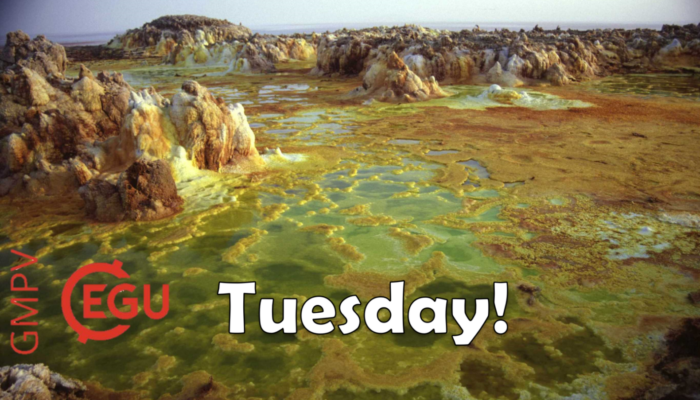In November last year (see this post), we promised to provide you an update of what happened with Antarctic sea ice during the year 2023 – a year of an exceptionally low extent. In this post, we try our best to discuss the conditions that lead to (part of) the recent loss in Antarctic sea ice, including atmospheric and ocean processes. How sea ice usually works… One of the ways scientists h ...[Read More]
Geodynamics
The Sassy Scientist – Scaling the Peaks of Academic Hierarchy: A PhD Expedition
This unstable weather and academia where PhD students are often treated like rare species – elusive, misunderstood, and occasionally overlooked in the grand canopy of academia – always bring me down: I can’t help but feel a bit under the weather (do not throw anything at me, pls). So John asks: Is it fair to exclude PhD students from staff activities and meetings, and how can I challenge thi ...[Read More]
Hydrological Sciences
Historical evolution of water management: the example of Switzerland over 200 years
How can we use and manage natural resources more sustainably? This question stands at the core of many social, political and scientific debates about how we can reach the United Nation’s Sustainable Development Goals (SDGs). The targets are ambitious, and there is a growing consensus that rapid and extensive structural change is needed in various sectors simultaneously. However, how transformation ...[Read More]
Geochemistry, Mineralogy, Petrology & Volcanology
EGU24 Friday Highlights
Tired after the week-long conference? The GMPV division is ready with a number of interesting sessions to refresh your moods. Let’s enjoy the last moment of the EGU General Assembly 2024. Let’s start the day with a cup of tea and join the conference with the energy of a volcano because a session is waiting for all of you on hydrothermal alteration in volcanic settings (GMPV8.2). The sess ...[Read More]
Geochemistry, Mineralogy, Petrology & Volcanology
EGU24 Thursday Highlights
Welcome to Thursday, the second last day of EGU – GA 2024! We have a lot of interesting sessions filled with highlighted talks, orals, posters and the prestigious medal awards lectures for the GMPV division. We have many brainstorming talks today and here I’m listing a few that might appeal to you following the EGU time blocks and breaks. Just as last year, the GA is in hybrid mode so ...[Read More]
Geodynamics
Geo-movie: Fire of Love (2022), a love story of Katia, Maurice and volcanoes
Geo-movies are often Sci-Fi movies, which usually borrow disastrous concepts from earth science, and turn them into the end of the world while crystallizing humanity along with it. “Fire of Love”, on the other hand, is a 2022 documentary movie that explores the lives, relationship and careers of legendary volcanologists Katia Krafft and Maurice Krafft. The movie is directed by Sara Dosa, and most ...[Read More]
Geochemistry, Mineralogy, Petrology & Volcanology
EGU24 Tuesday Highlights
Welcome to day 2 of our EGU General Assembly. GMPV researchers, buckle up to a great day, with many interesting sessions on magmatic processes, volcanic degassing, magma storage and integrated approaches to understand igneous systems. You also have a joint session in honour of W. Jason Morgan. There are so many things taking place today, make sure you know what is on today’s schedule! What i ...[Read More]
Geochemistry, Mineralogy, Petrology & Volcanology
EGU24 Monday Highlights
And finally, EGU24 is officially starting!! We waited one year, and now we can meet again our colleagues from all around the world, ready to talk about Science! Be ready to start the GA at 8.30 with one of the Short Courses organized by part of our ECS Team, on How to establish and grow your scientific network. Tips and tricks on how to establish, grow and maintain your scientific network will be ...[Read More]
Solar-Terrestrial Sciences
Meet our divisions ECS team that organized events throughout 2023-2024
Hi, this is your ST-ECS team 2023-2024. We are a group of Early Career Scientists (ECSs) of the Solar-Terrestrial (ST) division, and we organize events and activities with and for ST-ECS, both during the EGU General Assembly and throughout the year. Our aim is to increase the visibility of ECSs and provide you with opportunities for networking. Dr. Liliana Macotela, ECS Representative Lilia ...[Read More]
Solar-Terrestrial Sciences
Events organized for early career scientists (ECS) by the ST-ECS Team during EGU24
The EGU General Assembly is around the corner, and we would like to advertise the events the Early-Career Scientist (ECS) Team of our Division have been preparing to create networking opportunities for ECSs. Solar-Terrestrial ECS Drinks: preGA Icebreaker Get-together for all ST ECSs before the opening reception. We’re meeting up at 15:00 hours in front of the entrance of the name badges coll ...[Read More]








